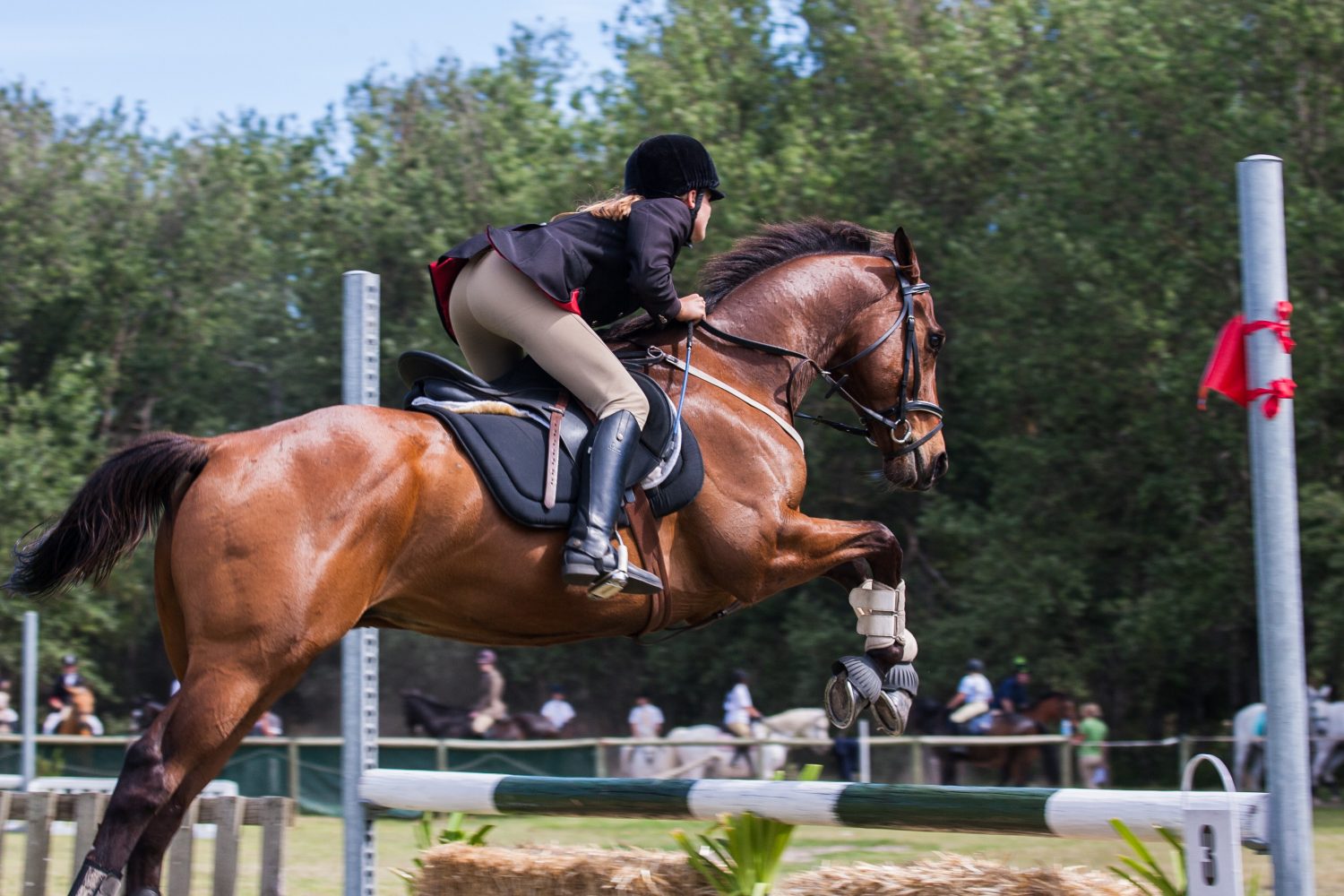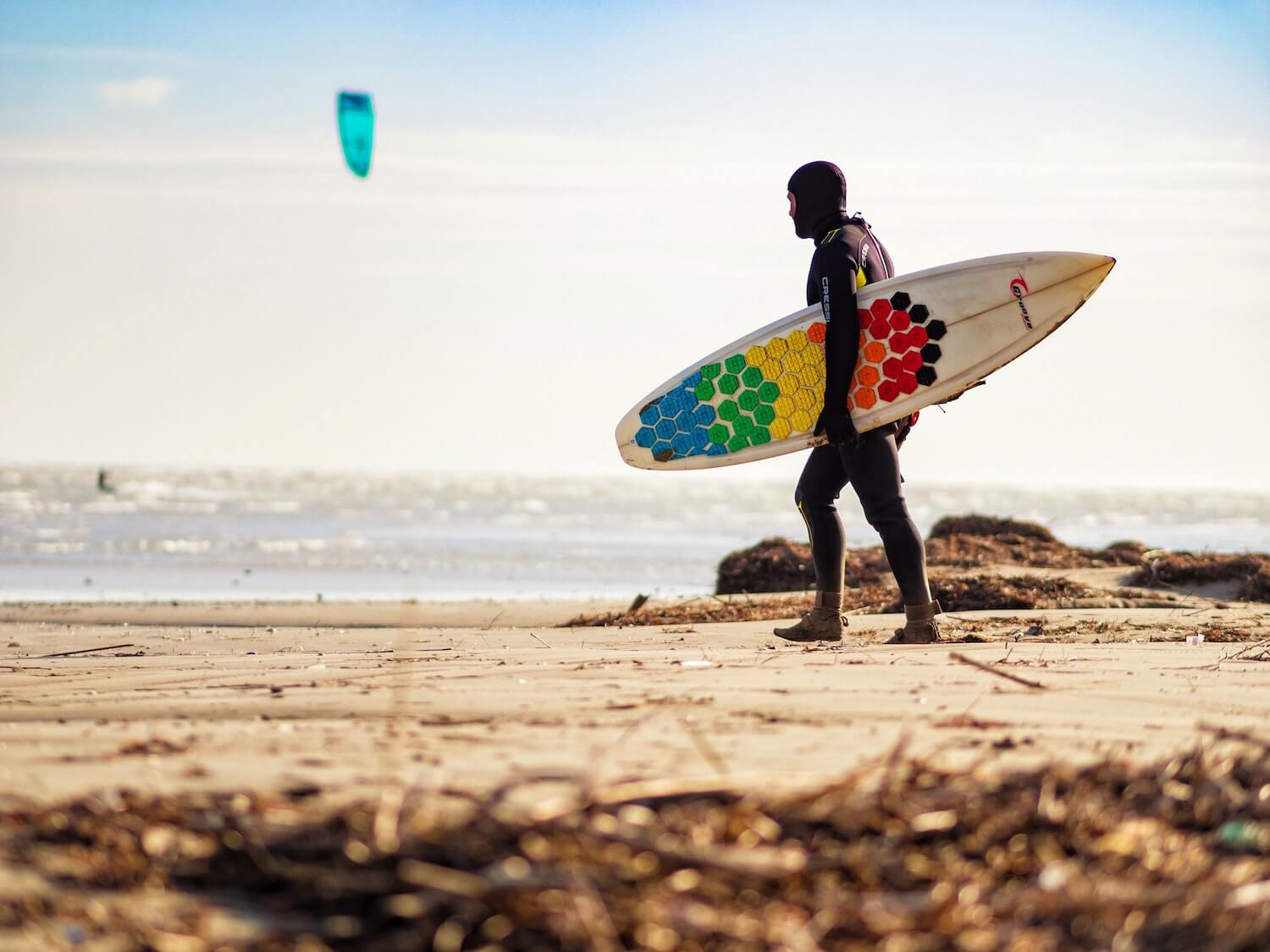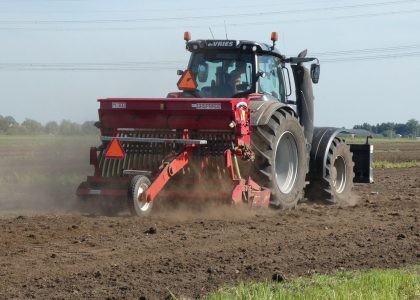Horse riding – professionally: Horse riding can turn into a real passion from an ordinary hobby. People who would like to take the next step on the way to professional horse riding should learn about the various development opportunities as well as professional equipment for riders . Horseback riding offers a dozen or so disciplines in which every person familiar with horse riding can try their hand at.
Show jumping
Show jumping is probably the most popular equestrian discipline. It is also one of the Olympic disciplines. The rider and the horse have to overcome the next obstacles. During the competition, the horse must overcome 8 to 13 obstacles. The height of the obstacle depends on the Competition Class. There are seven classes of obstacle height. The smallest are up to 90 cm, and the highest up to 155 cm.
- https://www.iloggo.pl/projektowanie-wnetrz-najwazniejsze-zasady-o-ktorych-nalezy-pamietac/
- https://www.odniku.edu.pl/mala-wielka-lazienka-optyczne-powiekszenie-czyli-kilka-profesjonalnych-trickow/
- https://www.e-uczelnia.edu.pl/przewodnik-turystyczny-jaka-szkola/
During the competition, it is first of all judged whether the horse can jump over an obstacle without breaking it. Additionally, the degree of obedience and training of the animal is assessed (whether it approaches obstacles freely or refuses to jump). A horse’s disobedience may lead to disqualification. Depending on the competition class, some rules may be more stringent.
- implanty-zebow-szczecin.eu
- skleppodologiczny.com.pl/kategoria-produktu/frezy/
- ceramiczne-plytki.pl/3-plytki-scienne
Dressage
Dressage is an Olympic discipline. In the competitions, the rider and the horse must perform certain figures in perfect harmony. Specific figures are divided into classes from the simplest to the most difficult. When performing figures, the horse’s training level, flexibility and elegance of gait and smoothness of movement are assessed. The rider has to adapt to the horse’s rhythm so as not to disturb him, but to support the animal’s muscles, and to pass on subsequent commands in such a way that it is not visible.
The stage with the horse and rider is 20mx40m or 40mx60m. There are markings on the stage that indicate where which figure should be performed.
In this discipline, the performed figure, the cooperation of the rider and the horse, and the bows performed by the horse at the beginning and end of the performance are assessed. In addition, the jury also assess the appearance of the rider and the horse.
Competitions of this type are divided into several classes, adapted to the level of advancement of the athlete and the horse. In addition, there are also small indoor competitions for beginners, organized by one large center or with the collaboration of several smaller ones. Searching for these contests is a good way to get started and gain experience.
Equestrian vaulting
Vaulting is one of the most difficult sports that requires a lot from both the rider and the horse. It is a type of acrobatic gymnastics performed while the horse is moving in a steppe or gallop. These types of competitions can be team or individual. There are several classes of difficulty. Depending on the category, participants perform certain figures. Additionally, in competitions, they can prepare an individual show with a selected background music.
A versatile riding horse competition
Eventing is a three-day competition that tests the different skills of horse and rider. As part of the competition, on the first day, participants take part in a dressage show. On the second day, there is a cross-country run on changing terrain with set natural obstacles. The race must be completed within the prescribed time. After the race, the committee assesses the condition of the horses and decides whether they can take part in the next stage. However, on the last day they take part in a jumping competition.
Long-distance driving
Rallies are organized as competitions of one or several days. It consists in the fact that the horse and rider must cover a certain route in the shortest possible time. The length of the route depends on the rules of the specific competition. Usually it can be from 40 to 150 km. During the competition, participants are accompanied by a service car, and on long journeys, further veterinary gates are prepared, where the condition of the horse is checked and qualifies for the next stage.
Teams
Carriage driving is divided into one-horse, pairs and fours. A typical sled competition lasts three days. On the first day, the competitors take part in dressage, where the precision of the turns, smoothness of movements and the appearance of the horses are assessed. On the second day, participants take part in the marathon.
The route of the marathon should not exceed 40 km and there should be some natural obstacles. The route includes stages. In each stage, the horse’s gait pattern is different. On day three, riders must show their driving skills. They have to pass through a dozen narrow gates within a certain time. The gates are only slightly wider than the axis of the carriage.
Horse racing
Only the best, fastest and strongest horses are selected for horse racing. Races are for specific horse breeds only, such as Arabian thoroughbreds or thoroughbred English horses. There are only 3 horse racing tracks in Poland. Depending on the type of competition, horses run in the following category: flat, fence or obstacle.











